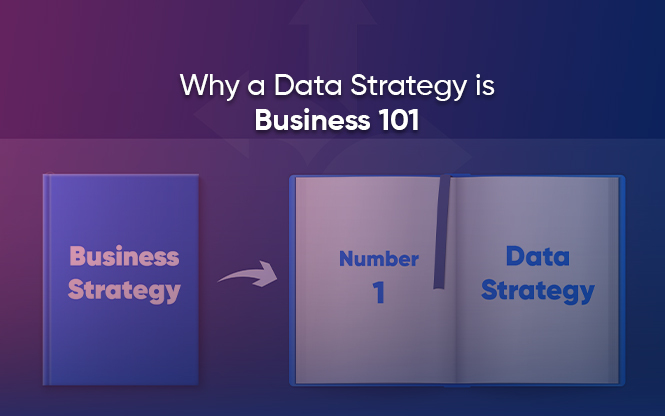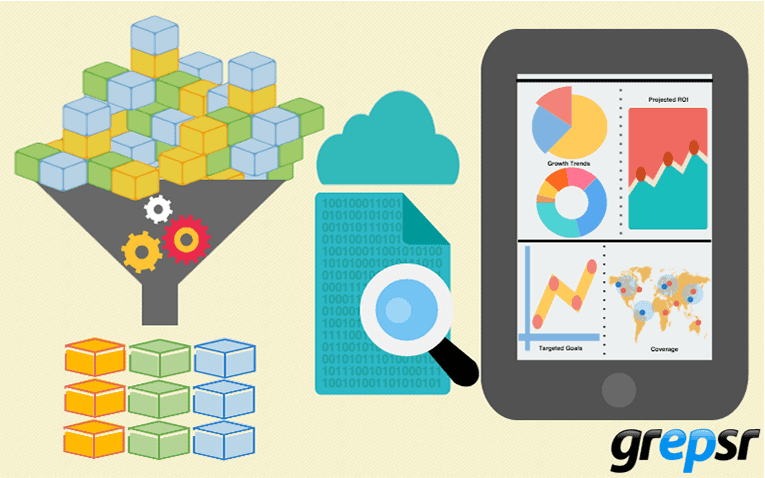
In the recent years, data mining has become a prickly issue. The big controversies and clamors it has gathered in the political and business arenas suggest its importance in our time. No wonder, it is used as a household name in the business world.
Data mining, in fact, is an inevitable consequence of all the technological innovations and their adoption in the market to facilitate and enhance business efficiency. Generally, technologies come with their glitches and hitches, and it takes some time for the tech experts to figure out the ways to get rid of the ‘bugs’ and to make the technologies speak to the common people and become their everyday appliance.
Take mobile phone, for example. Until recently, it used to be scorned as a luxury of the elites but has now turned into a must-have device for everybody. The way it has helped to connect people and to boost the rural economy across the world is fascinating.
In the last two decades, information technology has developed in such an astonishing proportion that it has become the single-most life-changing development. Consequently, the number of people who remain connected with the internet around the world at any given moment has increased unbelievably. Integration of digital devices into human life and their interconnection has resulted in data explosion and the advent of all-encompassing big data.
Data Mining for Knowledge Discovery and Problem Solving
Data mining is a process of searching for the relevant and useful data or datasets from the immense data pool using specific software, services, or the both. It helps one to sort out and examine the specific structures and patterns from the vast source of jumbled or unstructured data. Although data mining has always been an integral component of business research, survey, and analysis, these days, it is used in an entirely new way and with a new sense of urgency.
It has become specifically valuable for discovering knowledge and developing business intelligence in the business ventures and enterprises regardless of their size and scope. It has become an important conduit that connects business, technology, and the flux of big data.
Many of the shopping websites, these days, use built-in data mining algorithms to monitor purchasing behaviors of their customers. Websites like Amazon, Hulu, Netflix etc. provide “you might also like” kind of suggestions to the customers based on their previous records and behaviors. Today, it comes as no surprise that online advertisers already know what the internet users are likely to buy next based on their search histories. Which is why similar ads hound the internet users for a long time.
Data mining, however, is important for all kinds of business companies, both online and offline. Study of customer behavior patterns is just one of many important aspects in which data mining is used. In fact, it also plays a vital role in business analytics, business intelligence, and knowledge deployment. It is used in a range of crucial tasks form forecasting to advertising, marketing, identifying the potential customers, problem solving and so on.
Data Mining for Big Data Analytics
With the growing digitization of the marketing system and globalization of the market, it has become crucial for the business of all scales to constantly explore the niches of business opportunities as well as to be aware of the changing trends and marketing strategies of their competitors. No company can carry out these tasks effectively without resorting to data mining.
In fact, the whole logic of big data in business hangs on data mining. Big data does not make a business sense unless appropriate data is extracted for conducting analytics.
The goal is to turn data into information, and information into insight.
Carly Fiorina, former president and chair, Hewlett-Packard Co.
Paradoxically, while failure to get advantages of data in the age of big data can have serious consequences, not all companies can afford a department that specializes in data management, and doing the job manually would involve equally unaffordable man-hours. Data dilemma still abounds in the business world for various reasons, and not all companies are fully prepared for digging into the data and capitalizing on ‘the gold rush of the 21st century.’
Geoffrey Moore, an author and consultant, aptly says “Without big data analytics, companies are blind and deaf, wandering out onto the web like deer on a freeway.”
Business companies that could foresee the competitive advantages of big data and data-driven business—from making investment decisions to creating personalized advertisements and customizing products—have already connected themselves with data mining, making millions of dollars worth of profit facilitated by big data analytics.
Data Mining and the Rise of the Start-ups
All of the search engines and social media sites perform data mining to a certain degree in order to optimize their incomes. Data mining helps them to understand the customer preferences and then to customize and personalize their advertisements. While Google and Facebook heavily depend on advertisement revenue, Linkedin makes the most of its revenues by selling its data to the recruiters. Corporate giants like IBM and Oracle have made a substantial amount of investment to focus on the facilities of data mining and data processing.
The biggest trend-setting development in the area of data mining, however, is the proliferation of data management companies and the scramble for capitalizing on the opportunities that big data analytics has brought.
What is obvious is corporate giants alone have not been able to provide all the solutions to the new challenges. Instead, new generation of small but innovative start-ups that have taken shape from the cloud of big data are making the biggest of the impacts. The symbiotic relation and growth of the new set of start-ups both in the business and information technology has been shifting not only the technical but also the cultural modalities of conducting business.
The fact that Grepsr provides comprehensive data solutions to its business clients worldwide from its station in Kathmandu is not a mere coincident. Instead, it is an indicator of the direction to which the business trends are moving. Also, it indicates how big data, data mining and data analytics have shaped not just the business but also all the concerns of life, from getting traffic reports to maintaining healthcare system.
Related reads:





















































